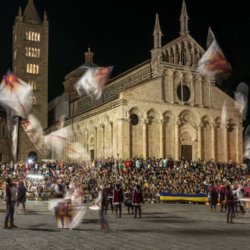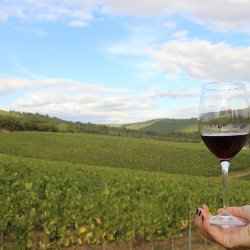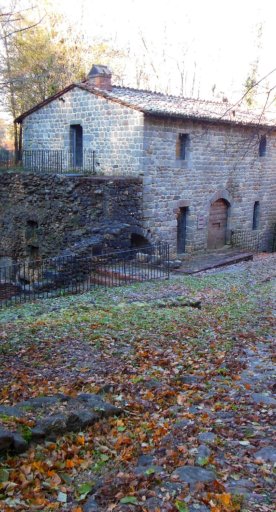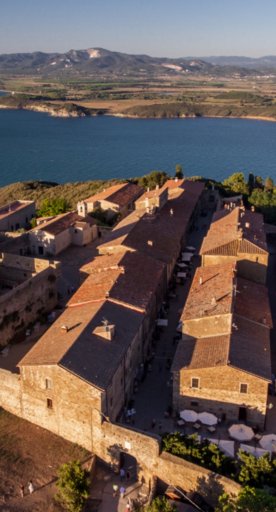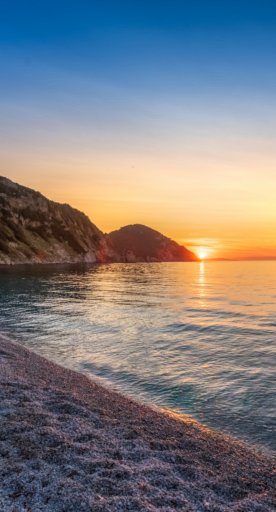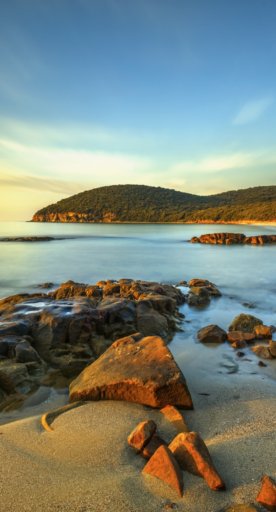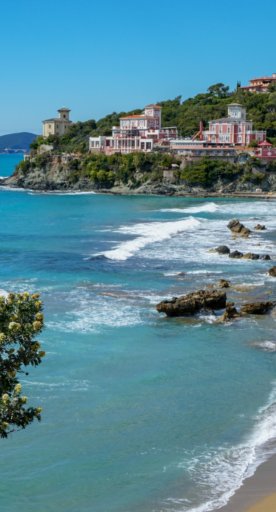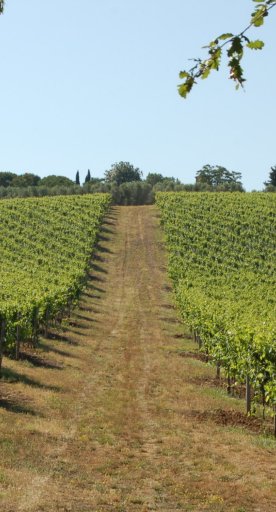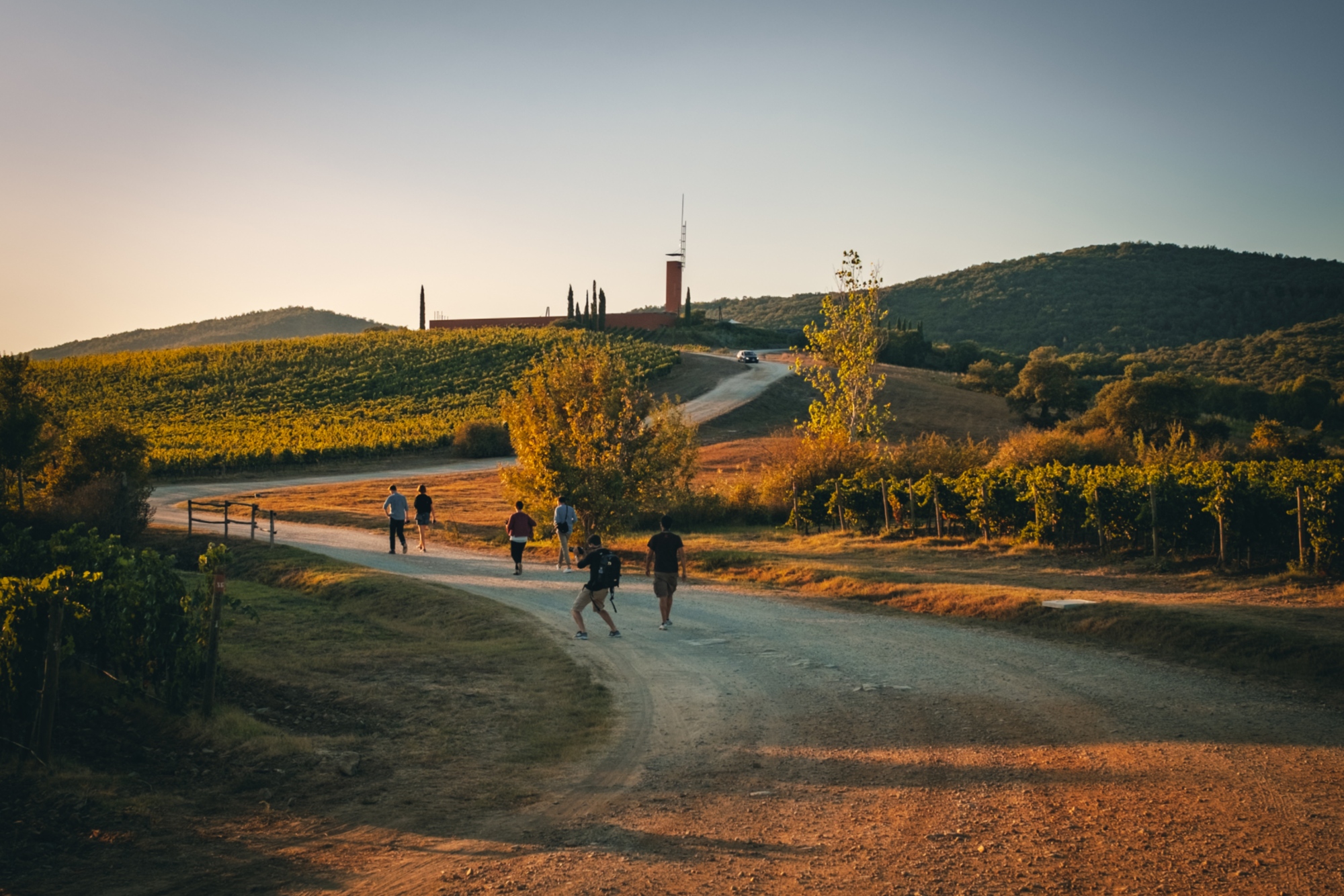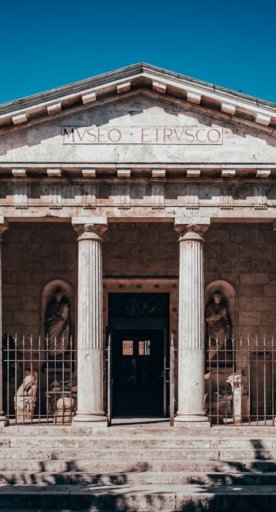
Metalliferous Hills: 4 museums to visit
A trip to the northern Maremma, between history and the present
The Metalliferous Hills have always been a fundamental resource of the Maremma due to the presence of important mineral deposits exploited since Etruscan and Roman times. Mines of copper, iron, zinc and boric acid soffioni have allowed the area to remain an important center of work and trade, as well as a coveted tourist destination during the last decades of the 20th century and the early 2000s. The importance of these deposits is evidenced by numerous museums, all intent on telling the story of the territory through one of the activities that has always distinguished it.
-
1.MAGMA in Follonica
-
2.Mining Museum in the Galleria in Gavorrano
-
3.Mining Museum - Subterranean in Massa Marittima
-
4.MUBIA in Monterotondo Marittimo
MAGMA in Follonica
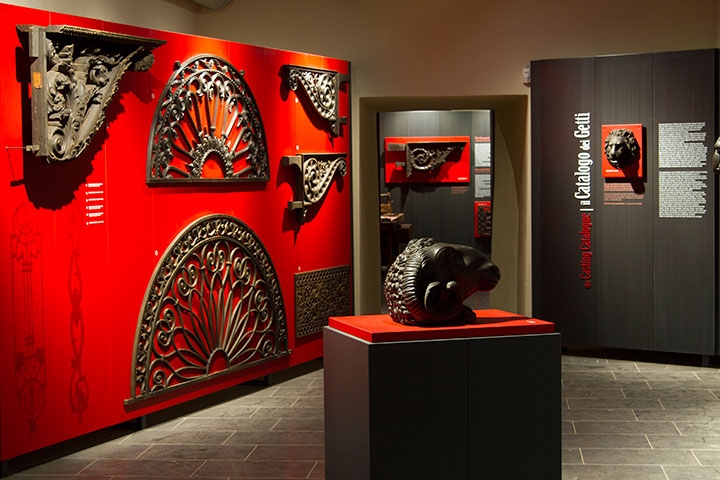
The MAGMA - Museum of Cast Iron Arts of the Maremma, located in the heart of Follonica, is one of the main museums in the Tuscan Maremma and allows visitors to take a virtual journey through time and space in order to retrace the process of cast iron production. Considered a gateway to the Technology and Archaeology Park of the Grosseto Metalliferous Hills, it tells the story of the Italian iron and steel industry inside, thanks in part to an engaging multimedia exhibit. Moreover, the museum offers numerous events and hands-on workshops suitable for the whole family.
Mining Museum in the Galleria in Gavorrano
The Gavorrano Mining Museum is located in the tunnel that once served as an explosives storage facility. The various phases of the construction site are shown along the route, while the hard mining work is explained and experienced through images, sounds, stories and anecdotes.
The visit continues at the Ravi Marchi mining area, an open-air industrial archaeology site. Here it is possible to visit the surface plants of the Marchi mines for the extraction and treatment of pyrite, in use until 1965 and now restored.
Mining Museum - Subterranean in Massa Marittima
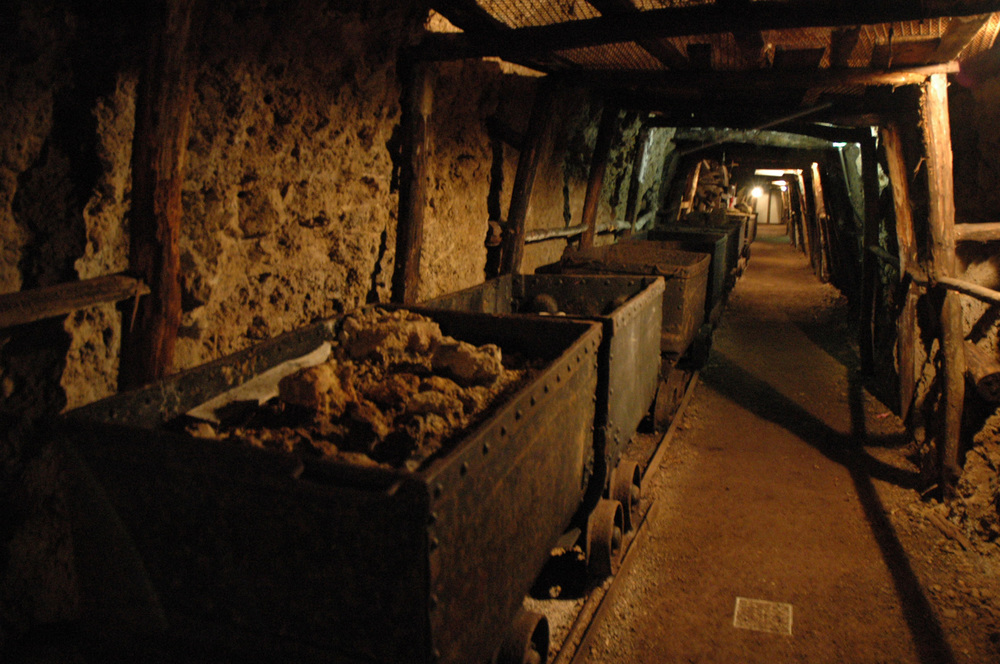
The Massa Marittima Mining Museum is a fascinating site, an ancient quarry that has been used also as shelter during World War II and that today has been transformed into an exhibition space. The museum route is about 700 meters long and is made up of main and secondary galleries from which you can learn the different techniques of extracting materials. The objects on display include work tools, machinery and various wagons. At the museum it is also possible to book excursions and guided tours to places of geo-mining interest.
The route ends at the museum center dedicated to the mining history of the area - Museum of Art and History of Mines - where three exhibition rooms house the heritage of finds and documents of the old Museum of Art and History of Mines. The visit to the gallery can thus be integrated by delving into historical and social aspects through ancient maps, work tools, minerals but also multimedia content.
MUBIA in Monterotondo Marittimo

The MUBIA is a geomuseum located in the Biancane Park in Monterotondo Marittimo and aims to show visitors the underground causes that determine the geodiversity of the park itself. MUBIA is the meeting of culture and science, combining knowledge of geothermal phenomena with the description and formation of minerals and rocks. The most innovative aspect of MUBIA is the "geo-ship": a huge black sphere over 10 meters in diameter that can be accessed in groups. The geo-ship is meant to take visitors on an immersive multimedia journey that reveals the specifics that make the Biancane Park so unique.


